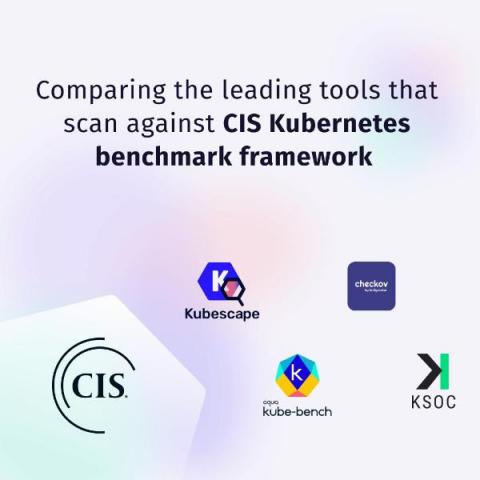CVE-2022-47633: Kyverno's container image signature verification can be bypassed by a malicious registry or proxy
Security researchers at ARMO have found a high-severity vulnerability in the Kyverno admission controller container image signature verification mechanism. The vulnerability enables an attacker who is either running a malicious container image registry or is able to act as a proxy between the registry and Kyverno, to inject unsigned images into the protected cluster, bypassing the image verification policy. The vulnerability was introduced in version 1.8.3 and was fixed in version 1.8.5.






